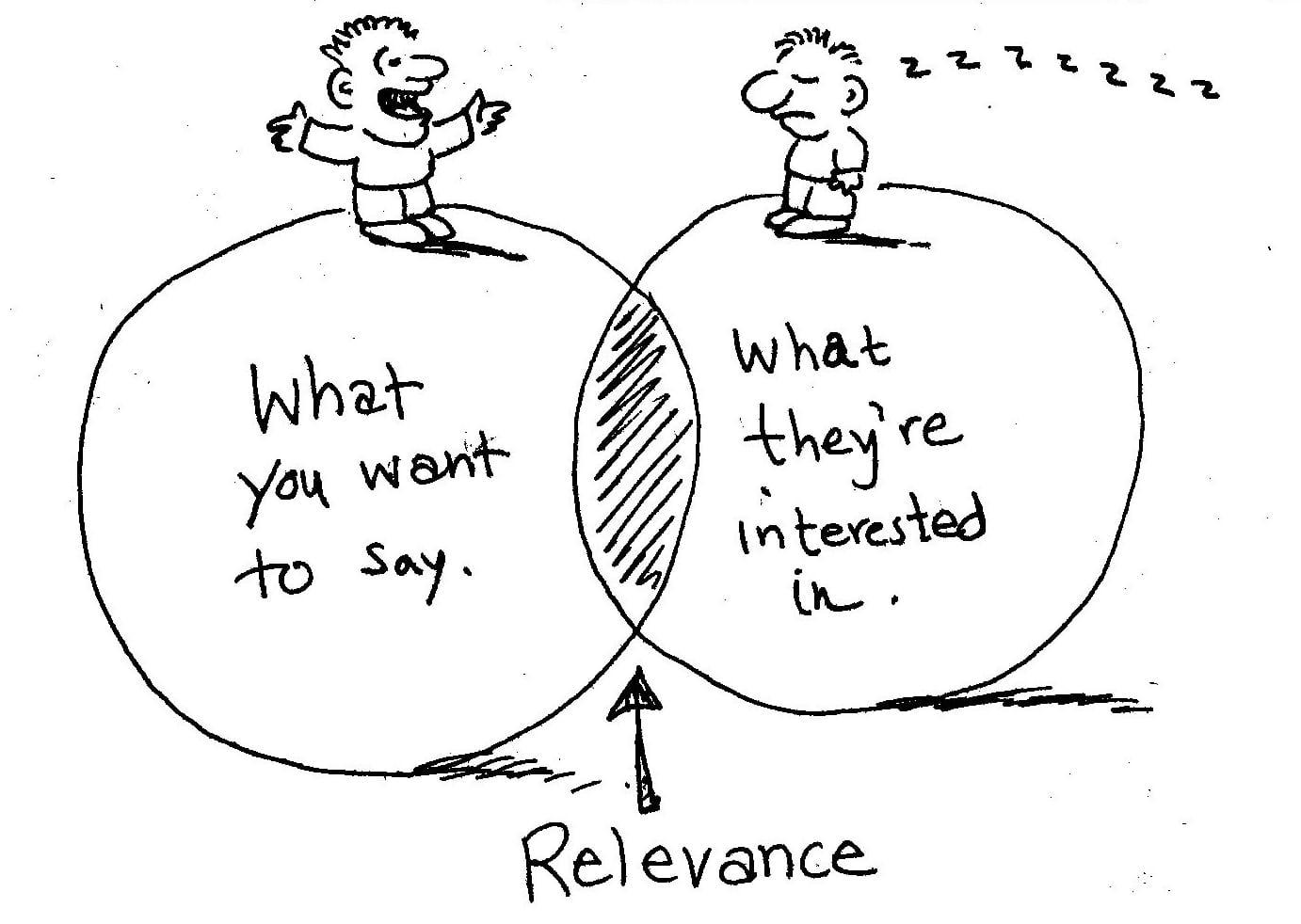How Can the Product Stay Relevant or Adapt to Future Needs?

In the ever-changing marketplace, no product can remain static and survive. Customer expectations, technologies, and competitive landscapes evolve continuously. A product that feels relevant today might become obsolete in just a few years if it does not adapt. Companies must anticipate shifts, invest in innovation, and align their product strategies with emerging needs. Staying relevant is not simply about reacting—it’s about proactively planning for the future.
Why Relevance Matters
Products are not consumed in a vacuum. They exist in a cultural, technological, and social ecosystem that shifts constantly. Consider how smartphones replaced feature phones, how streaming platforms replaced DVDs, or how ride-sharing apps disrupted traditional taxi services. Products that fail to stay relevant often disappear entirely—Kodak and Blockbuster are famous cautionary tales.
Relevance ensures customer loyalty. If customers feel your product keeps up with their evolving lifestyles, they will continue buying, upgrading, and recommending it. Relevance also positions a brand as forward-thinking, attracting new markets while retaining existing ones.
Strategies for Staying Relevant
-
Continuous Market Research
Staying in touch with customer needs is the foundation of relevance. Companies must constantly monitor industry trends, consumer behavior, and competitor activities. Surveys, focus groups, and analytics tools can help identify emerging needs before they become mainstream. -
Customer Feedback Loops
Actively listening to customers ensures the product aligns with real-world usage. Feedback channels such as social media, support forums, and usability tests provide insights into what works and what needs improvement. -
Embracing Technology
Technological innovation drives market shifts. Products must integrate with new platforms, adopt emerging standards, and leverage automation, AI, or IoT where applicable. For example, home appliances are increasingly expected to have smart capabilities. -
Agility in Development
Agile methodologies help teams respond quickly to changes. Iterative updates and incremental improvements allow products to evolve continuously rather than waiting for large-scale overhauls. -
Scenario Planning
Future-proofing requires imagining multiple possible futures and preparing for them. Companies that conduct scenario planning—considering economic shifts, regulatory changes, and technological disruptions—are better equipped to pivot quickly.
Case Studies of Adaptation
-
Netflix began as a DVD rental company but pivoted to streaming when it saw the future of media consumption. Today, it invests heavily in original content and global distribution, staying far ahead of many competitors.
-
Apple consistently evolves its product lines by introducing new features, services, and ecosystems. The iPhone, originally a phone and media player, is now a hub for payments, health, and smart home connectivity.
-
Tesla not only adapts to market demand but also shapes it, pushing electric vehicle adoption while continuously updating its cars via over-the-air software updates.
Anticipating Future Needs
-
Sustainability and Ethics
Consumers increasingly expect companies to prioritize sustainability. Products designed with eco-friendly materials and ethical practices will likely stay relevant longer. -
Personalization
Products that adapt to user preferences—through AI or modular designs—will remain more appealing. Personalized recommendations, customization options, and adaptive interfaces enhance long-term engagement. -
Integration Across Ecosystems
Future products will rarely stand alone. They will need to integrate with other tools, platforms, and services. Interoperability is becoming a key requirement for relevance. -
Demographic Shifts
As populations age in some regions and youth dominate in others, products must adapt to diverse demographic needs. Accessibility, affordability, and cultural relevance are critical. -
Resilience in Crises
Global disruptions like pandemics or supply chain breakdowns highlight the need for adaptable products. Companies that build resilience into their offerings will retain customer trust.
Challenges to Staying Relevant
-
Over-Innovation: Too many features can overwhelm users or complicate the product. The goal is smart innovation, not innovation for its own sake.
-
Short-Term Profits vs. Long-Term Vision: Companies often focus on immediate revenue at the expense of future-proofing. This short-sightedness undermines relevance.
-
Resource Constraints: Smaller companies may struggle to invest in continuous innovation, but creative partnerships and open-source collaboration can bridge gaps.
The Role of Leadership
Leadership is central to relevance. Executives must cultivate a culture of innovation, empower employees to experiment, and reward adaptability. Leaders who encourage risk-taking and iterative improvement create organizations that can respond swiftly to change.
Conclusion
Products stay relevant by evolving with customers, technology, and society. The key is not waiting until irrelevance arrives but actively shaping the future through foresight, agility, and innovation. Companies that master this art are not only survivors but leaders in their industries.
- Arts
- Business
- Computers
- Spellen
- Health
- Home
- Kids and Teens
- Money
- News
- Recreation
- Reference
- Regional
- Science
- Shopping
- Society
- Sports
- Бизнес
- Деньги
- Дом
- Досуг
- Здоровье
- Игры
- Искусство
- Источники информации
- Компьютеры
- Наука
- Новости и СМИ
- Общество
- Покупки
- Спорт
- Страны и регионы
- World


